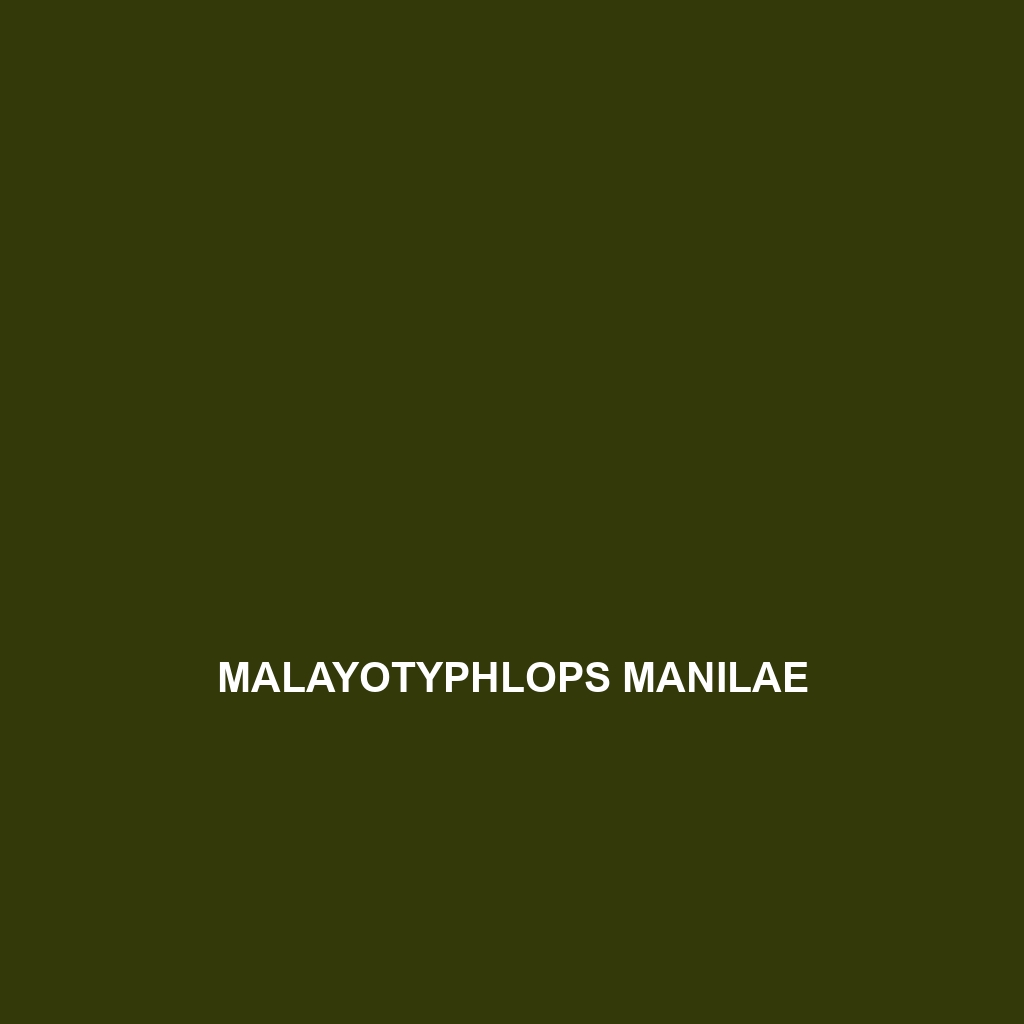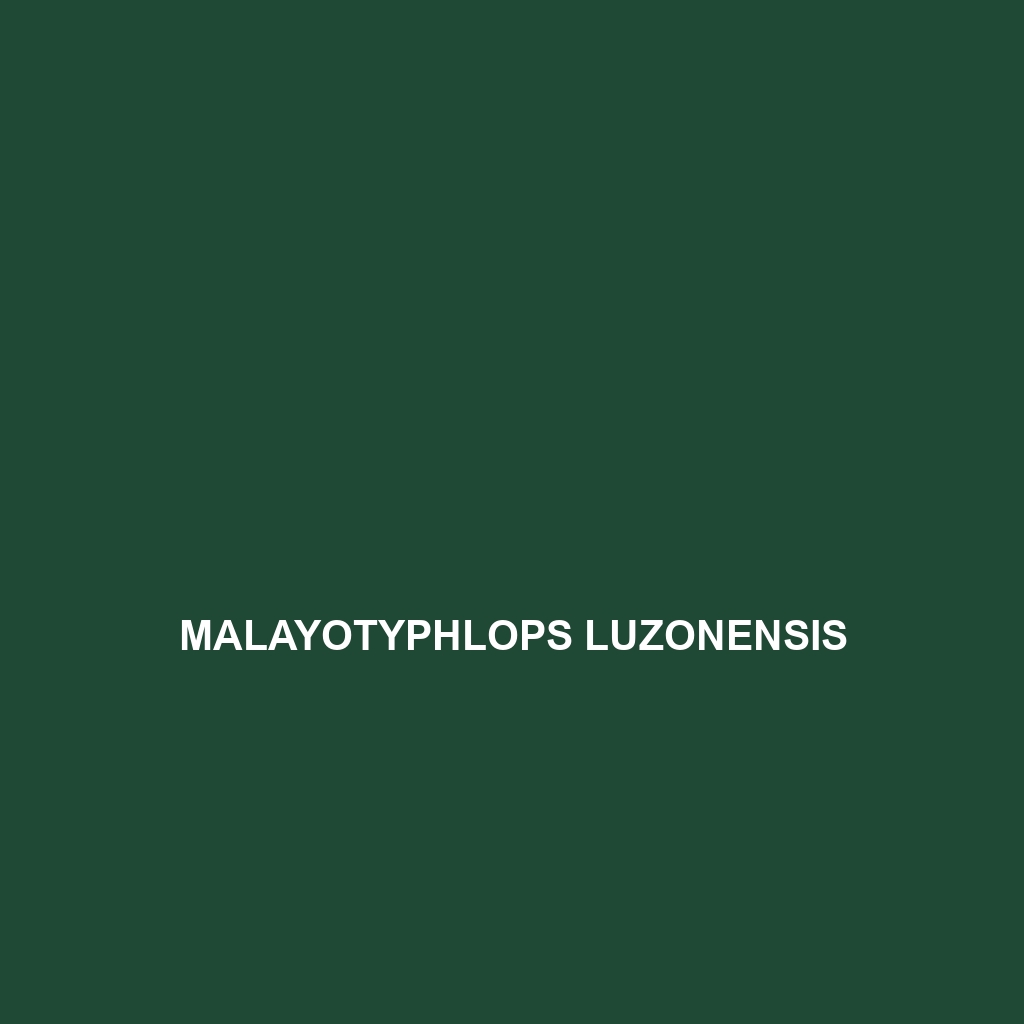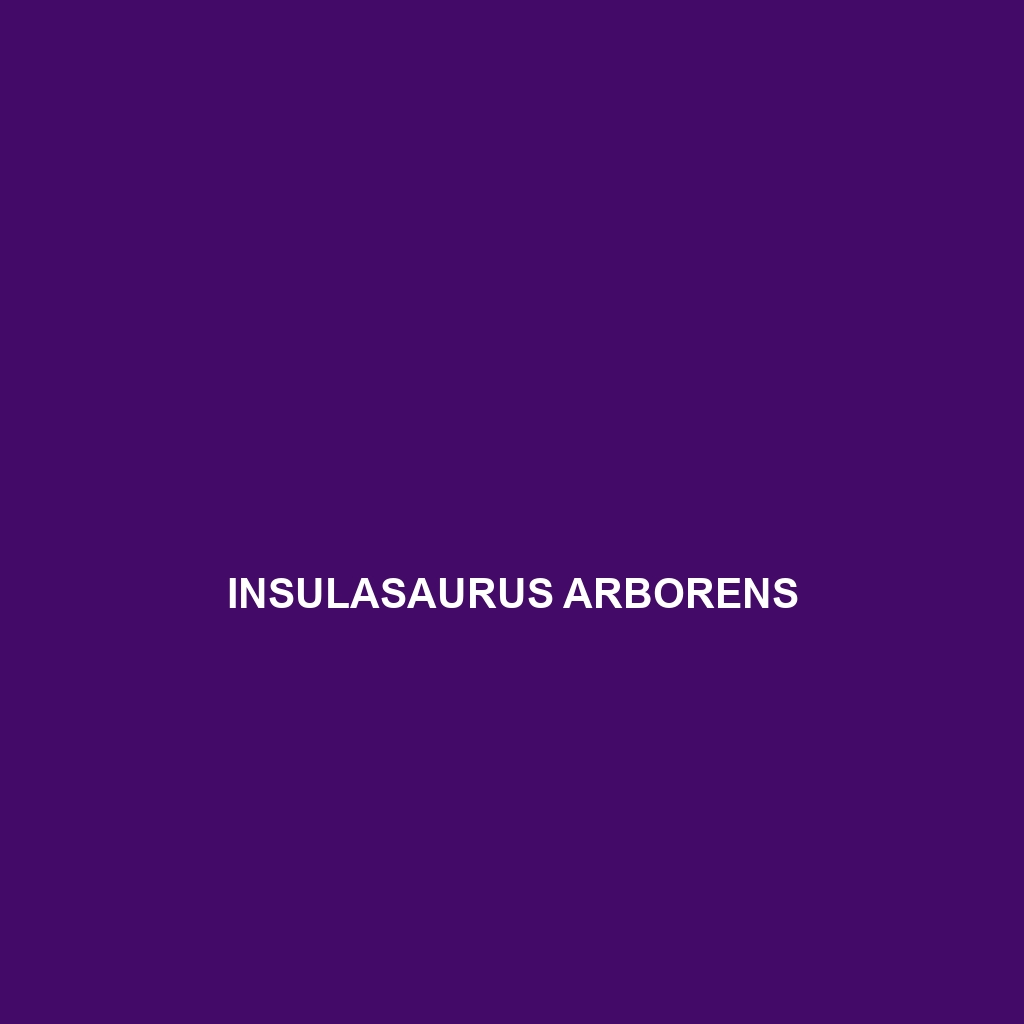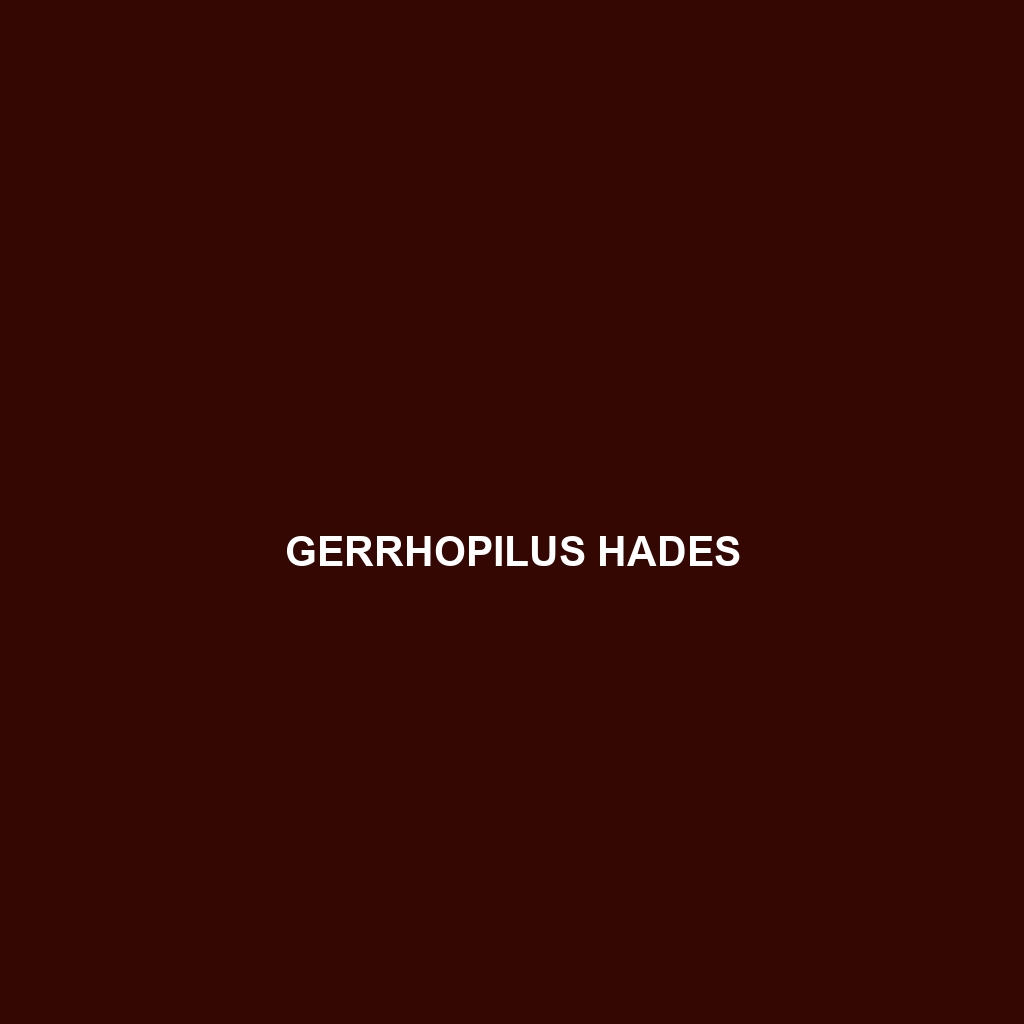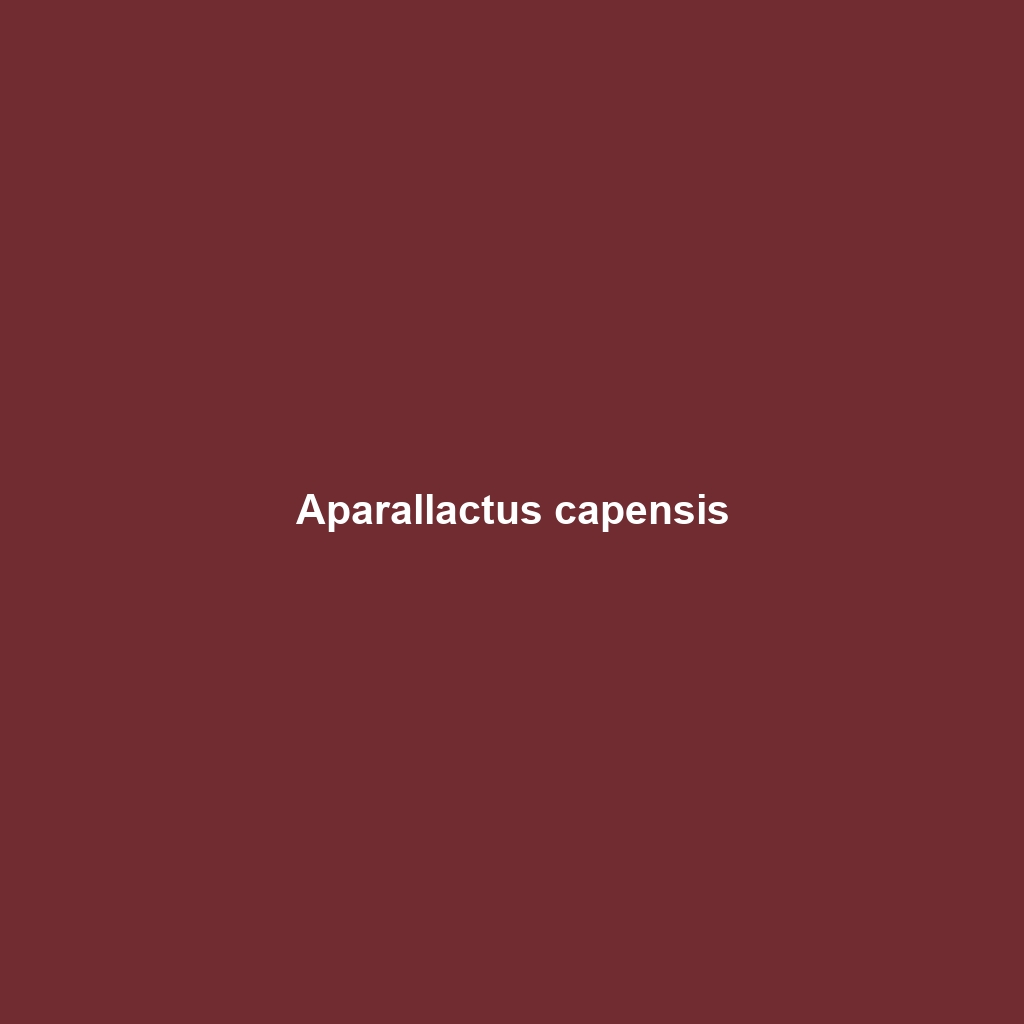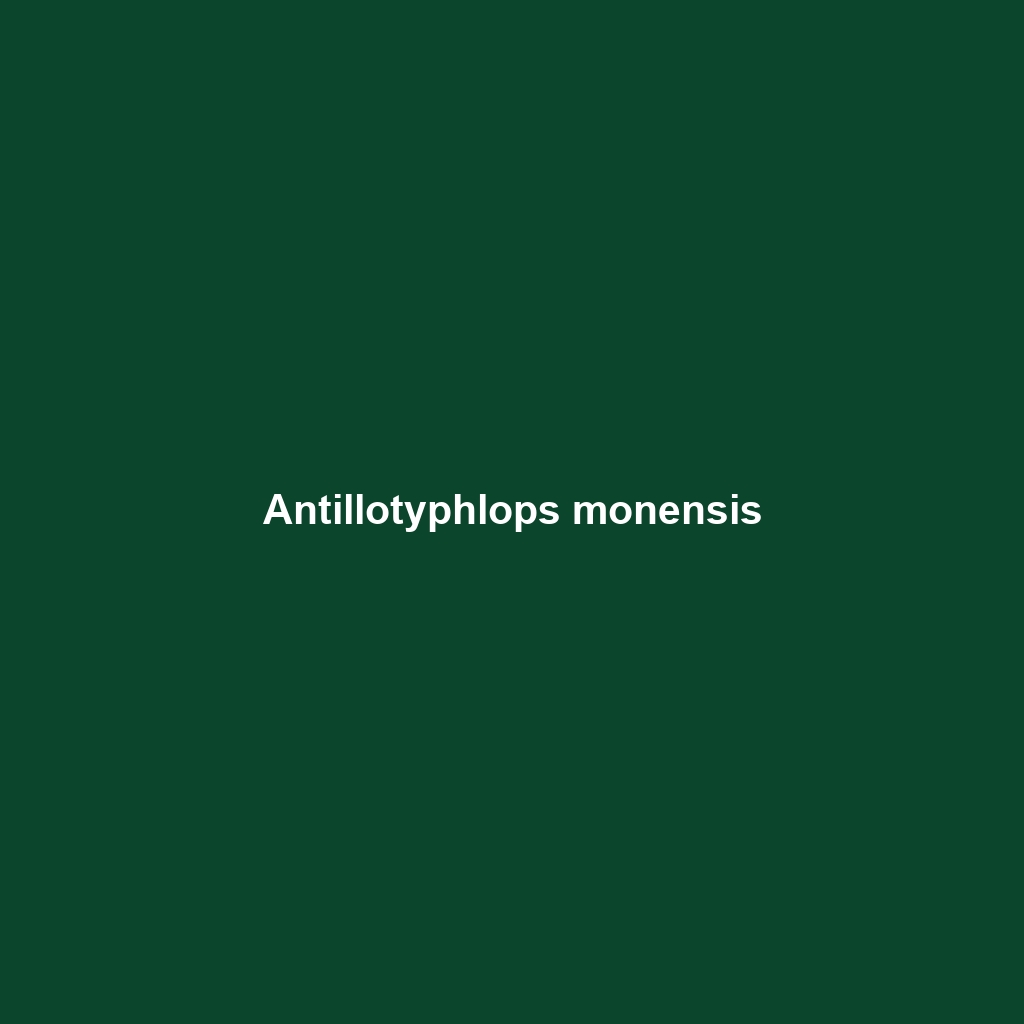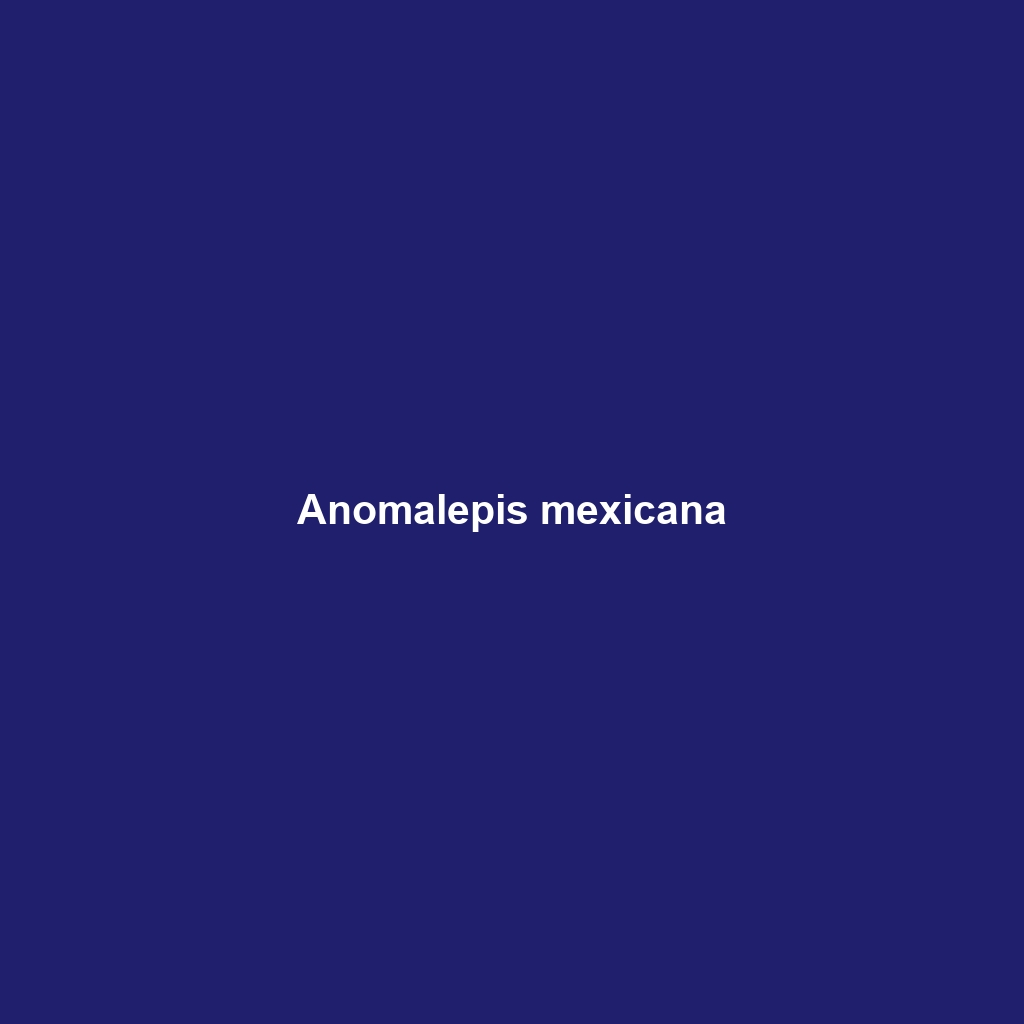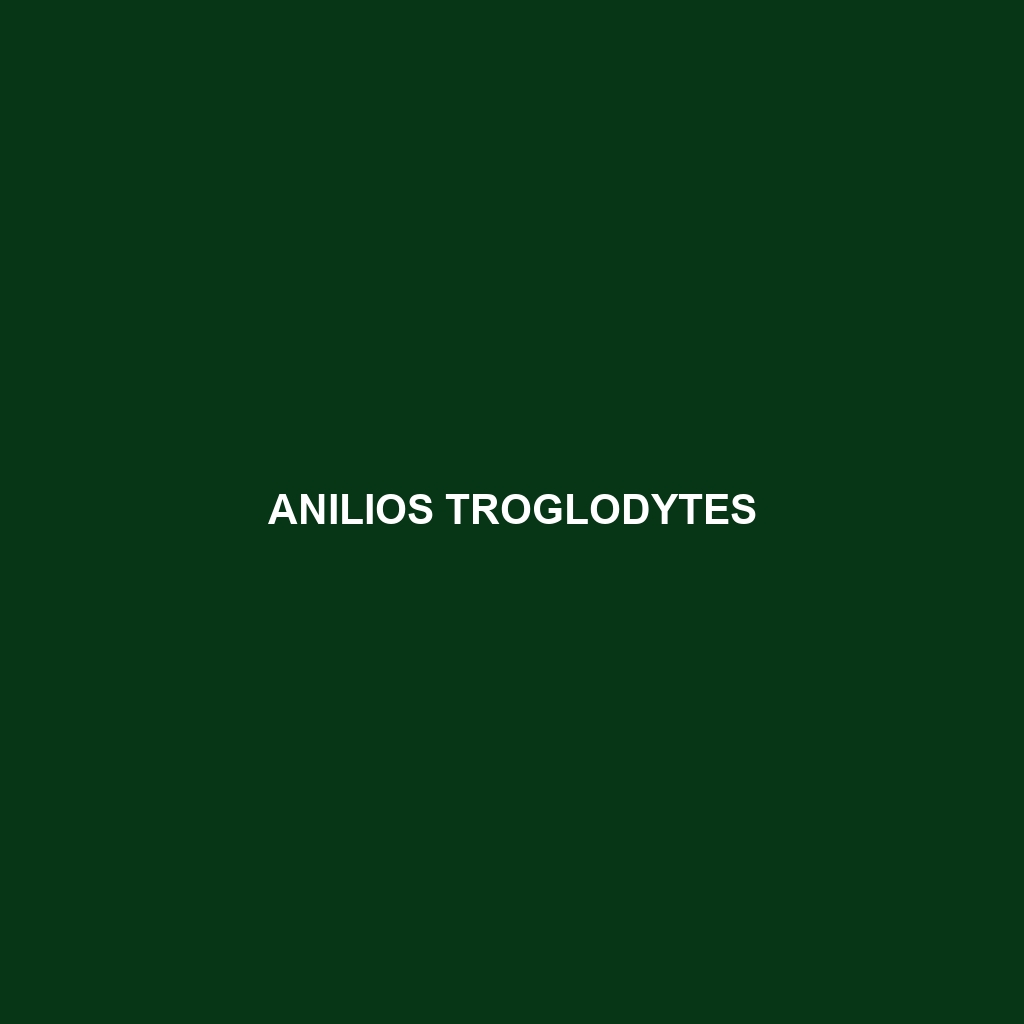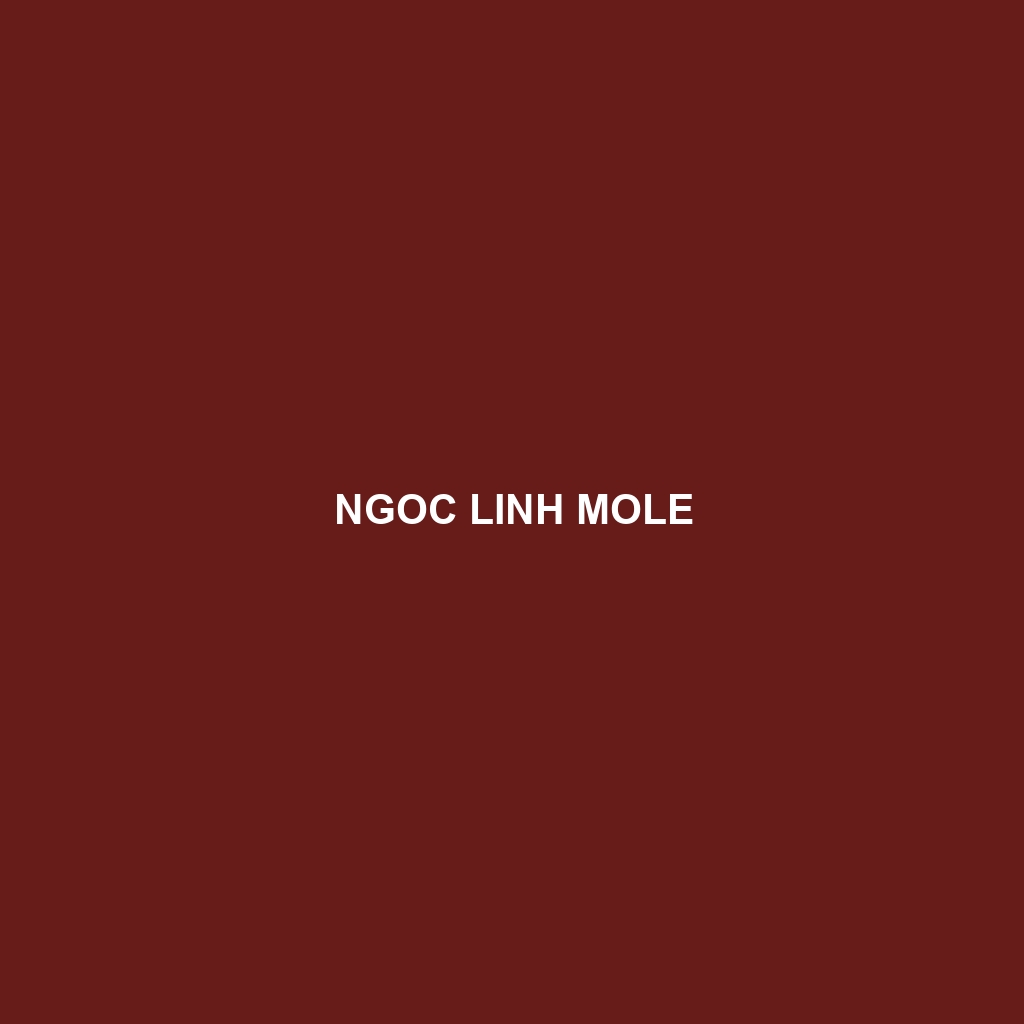Discover the unique Malayotyphlops manilae, or Manila worm snake, a small, eyeless species thriving in the humid tropical habitats of Southeast Asia, specifically on Luzon Island in the Philippines. This instinctive, nocturnal insectivore plays a vital role in its ecosystem by regulating insect populations and aerating the soil through its burrowing activities.
Tag: soil ecosystem
Malayotyphlops luzonensis
<p><b>Malayotyphlops luzonensis</b> is a medium-sized, burrowing snake native to the rainforests of Luzon, Philippines. Adapted for a nocturnal lifestyle, this insectivorous species plays a crucial role in the soil ecosystem through its diet of soil invertebrates and contributes to soil health and nutrient cycling.</p>
Indotyphlops violaceus
The <b>Indotyphlops violaceus</b>, or violet blind snake, is a slender, non-venomous species typically measuring 20 to 40 centimeters, distinguished by its glossy purple hue and adapted for a subterranean lifestyle. Found in tropical habitats across Southeast Asia, it primarily feeds on small invertebrates and plays a vital role in controlling insect populations within its ecosystem.
Gerrhopilus hades
<b>Gerrhopilus hades</b> is a slender, nocturnal snake found in the tropical rainforests of Southeast Asia, reaching lengths of up to 60 cm. Known for its smooth, glistening skin and burrowing lifestyle, it primarily feeds on small invertebrates and plays a vital role in maintaining ecological balance.
Epictia subcrotilla
<p>Discover the <b>worm snake</b> (<i>Epictia subcrotilla</i>), a unique, nocturnal reptile found in the humid regions of Central and South America, characterized by its slender, smooth body and reduced eyes. As a carnivore, its diet consists mainly of small invertebrates like earthworms, playing a vital role in the soil ecosystem's population balance.</p>
Aparallactus capensis
Discover the unique Aparallactus capensis, or Cape blind snake, known for its subtle and slender form, nocturnal habits, and vital role in soil aeration as it thrives in the diverse habitats of southern Africa. This fascinating species primarily feeds on small invertebrates, exhibiting gentle behavior and remarkable adaptations to a burrowing lifestyle.
Antillotyphlops monensis
Discover the unique Antillotyphlops monensis, a vulnerable blind snake from Puerto Rico, thriving in moist, tropical habitats. This small, fossorial species plays a crucial role in the ecosystem by regulating insect populations and showcasing fascinating reproductive behaviors.
Anomalepis mexicana
<div class="woocommerce-product-details__short-description"> <p><b>Anomalepis mexicana</b>, or the Mexican smooth earth snake, is a non-venomous species found in humid lowland forests of eastern and southern Mexico, characterized by its smooth, elongated body reaching lengths of 30 to 60 centimeters. Primarily crepuscular, it feeds on small invertebrates, plays a vital role in the ecosystem, and contributes to soil health while being harmless to humans.</p> </div>
Anilios troglodytes
Discover the fascinating Anilios troglodytes, also known as the burrowing blind snake, a nocturnal fossorial species found in Australia’s sandy habitats. With its elongated body, small vestigial eyes, and specialized diet of small invertebrates, this unique snake plays a vital role in maintaining the balance of its ecosystem.
Ngoc Linh Mole
Discover the fascinating world of the **Ngoc Linh Mole**, a unique species native to the mountainous forests of Vietnam. Known for its distinctive physical traits, nocturnal behavior, and crucial role in soil health, this endangered mole species faces threats from habitat loss and pollution. Learn about its diet, reproduction, and the conservation efforts aimed at preserving its delicate ecosystem.
